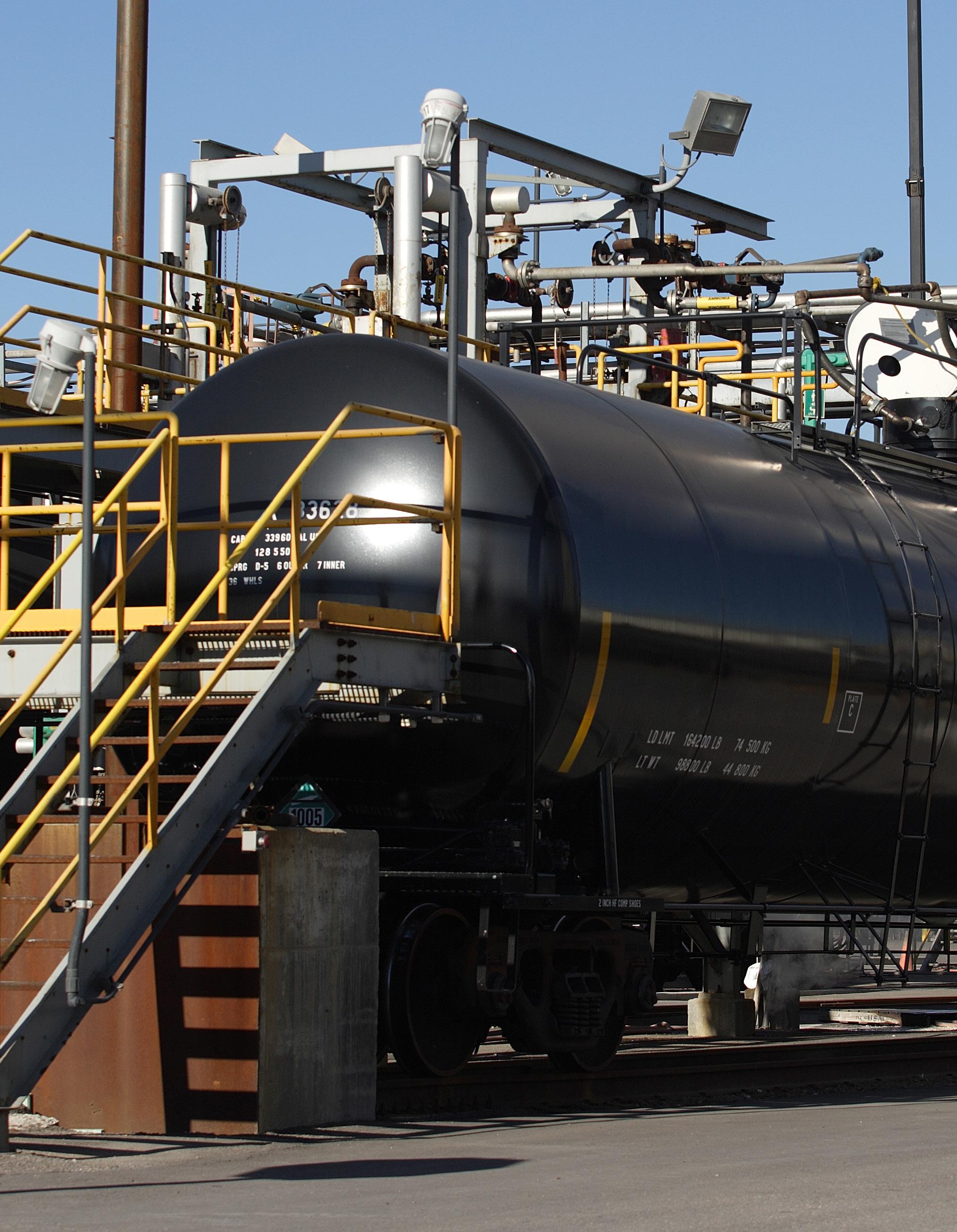
2 minute read
Sealing Solutions for Railroad Tank Cars
The railroad tank car industry plays a critical role in transporting liquids and gases across vast distances efficiently and safely. Their robust design and load capacity to serve a multitude of industries.
Transporting Chemicals & Petrochemicals:
Advertisement
These tank cars are essential for transporting a wide range of chemicals, including acids, solvents, fertilizers, and liquefied gases. The specialized tanks and fittings ensure the safe containment and transportation of hazardous materials, minimizing the risks associated with leakage or spills.
Chemical and petrochemical products often need to be transported in large quantities over long distances. Railroad tank cars offer a costeffective and efficient mode of transportation enabling the industry to distribute their products in a timely and cost-efficient manner.
Due to the highly corrosive nature of chemicals and petrochemicals during transportation, specialized containment systems are required. Railroad tank cars are constructed with materials and coatings that can withstand the corrosive nature of these substances, ensuring the integrity of the cargo and preventing contamination.
Key Factors:
• Safe transport of hazardous materials
• Efficient distribution
• Corrosion resistance
Crude Oil & Petroleum Products: With the growth of oil production in various regions, railroad tank cars are instrumental in moving these resources from extraction sites to refineries and distribution centers.
To ensure secure and safe transportation of refined petroleum products such as gasoline, diesel fuel, and jet fuel, these cars are designed to meet the safety standards and regulations associated with flammable liquids. Tank cars are equipped with specialized fittings and proper venting systems to manage pressure changes during transportation.
By utilizing railroad tank cars, the oil industry can efficiently transport and deliver this valuable resource, contribute to the functioning of the oil and gas industry and the availability of energy resources.
Key Factors:
• Crude oil transportation
• Petroleum product distribution
Food and Beverage Industry: Railroad tank cars are utilized for transporting liquid commodities such as vegetable oils, corn syrup, fruit juices, and dairy products. These tank cars are designed to meet stringent hygiene and safety regulations required for transporting food-grade materials, ensuring that the food and beverage products remain uncontaminated during transit.
By leveraging rail transportation, the industry can maintain a steady supply chain, ensuring that perishable goods reach markets and manufacturing facilities in a timely manner. This efficiency supports the industry’s ability to meet consumer demands and deliver a wide range of food and beverage products.
Key Factors:
• Hygienic transport
• Efficient supply chain
Bulk Liquids and Gases:
Railroad tank cars cater to industries such as pharmaceuticals, cosmetics, water treatment, and industrial manufacturing. They are utilized for transporting industrial chemicals, compressed gases, liquid nitrogen, liquefied natural gas (LNG), petroleum products, and more.
The versatility of tank cars allows for the transportation of different types of cargo, meeting the specific needs of various industries. These cars are equipped with specialized tanks, valves, and safety mechanisms to prevent leaks, spills, and other accidents during transit, ensuring secure delivery.
Tank cars are designed with features such as pressure relief systems, thermal insulation, and appropriate venting mechanisms. Additionally, rail terminals and facilities are equipped with the necessary infrastructure to load and unload these tank cars safely and efficiently.
Rail transportation of bulk liquids and gases offers environmental advantages compared to other modes of transport. Trains are more fuel-efficient and produce lower emissions per ton-mile, reducing the carbon footprint. By utilizing railroad tank cars, the bulk liquids and gases industry can contribute to sustainability efforts and minimize environmental impact.
• Efficient and cost-effective transport
• Safety, containment and handling
• Diverse cargo compatibility
• Environmental considerations


